
We have introduced World-Famous Japanese Inventions, but there are still many more interesting Japanese inventions to go through. There are many products from Japan, including karaoke and other stationery products that are highly regarded overseas.
*If you purchase or make a reservation for the products introduced in the article, a portion of the sales will be FUN! JAPAN.
Karaoke (カラオケ)
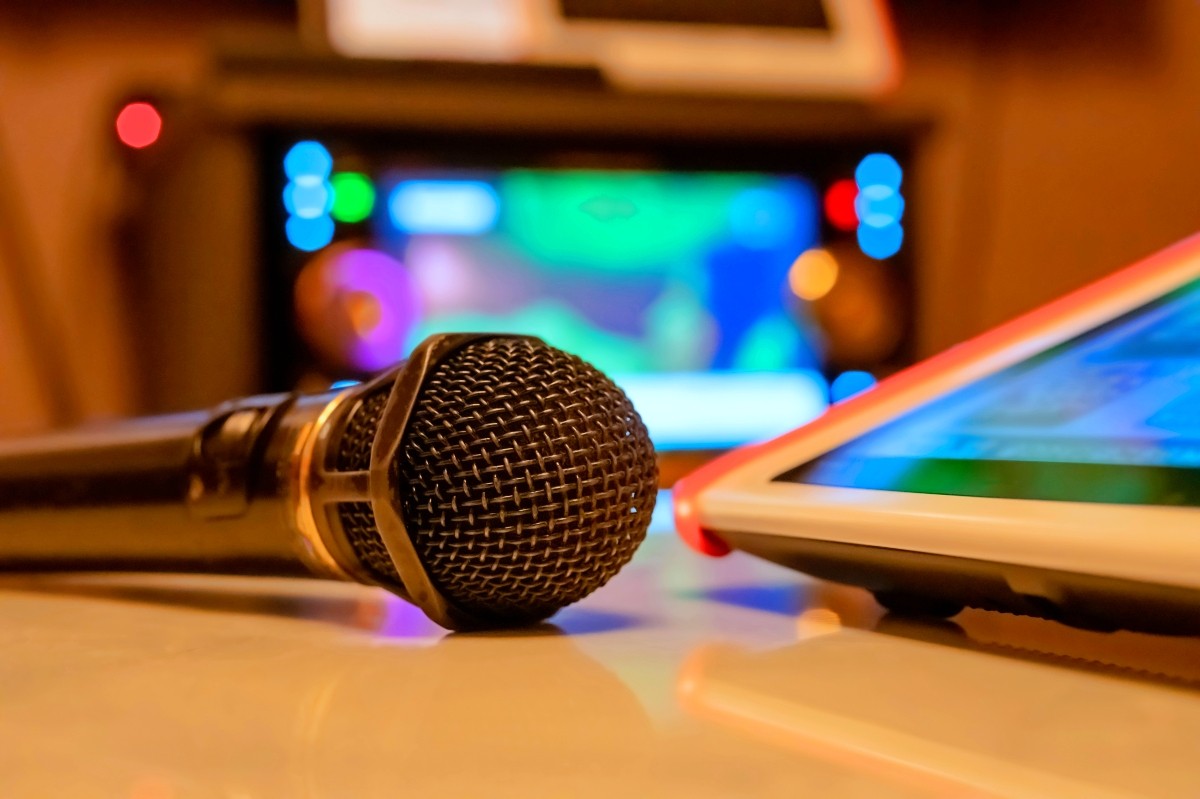
"Karaoke" has become a universal language. It is said that the origin of the name came to be called "karaoke" for abbreviation for "empty orchestra" (空(から)のオーケストラ) in which there is "no singing (vocal)" in the orchestra performance. Karaoke is an entertainment that involves singing songs to pre-recorded accompaniment, and is one of the popular forms of entertainment in countries around the world. It is a place to release stress and communicate with family and friends through singing.
Did you know that karaoke was born in Japan in the early 1970s? Before the advent of karaoke, it was common to sing along to live bands in bars and clubs, and it was expensive and not easy for everyone to enjoy. It all started when Daisuke Inoue, who was a band member, was asked by an acquaintance to make a tape for practicing singing, and he created a performance tape without singing. This was so popular that he devised the "Eight Juke", a handmade device that combines an accompaniment tape and a jukebox, and commercial karaoke was born.
At first, karaoke equipment was placed in restaurants to enjoy singing along with meals, but in the 1980s, it spread nationwide, and eventually "karaoke boxes" appeared that allowed people to sing freely in private rooms. Karaoke has become easily available and generally popular.
When commercial karaoke appeared in 1971, there were 8 songs recorded on one cassette tape, but in 1982, lyrics and videos began to be played on the monitor, and in 1992, data-transmitted karaoke appeared. This dramatically increased the number of songs you could sing, and you could enjoy the latest hits right away. The equipment is constantly evolving, and it is full of various functions to suit the needs of singers, such as singing scoring functions, voice conversion functions, and even adjusting keys, tempo, and echoes. Daisuke Inoue, who devised the karaoke system, has been recognized for his achievements and has been selected as one of the "20 Most Influential Asians of the 20th Century" by the American weekly magazine "TIME".
In Japan, "solo karaoke" (一人カラオケ) is also popular. The reason for its appeal is that you can sing at your own pace without worrying about anyone else. When you visit Japan, please enjoy Japan's unique karaoke culture! Check out this article for how to enjoy karaoke in Japan recommended by the FUN! JAPAN editor!
Emoji (絵文字)

"Emojis" are now essential when sending messages on social media. From emotions such as "happy" and "sad", various information can be expressed in simple pictures. It is a universal language that is conveyed in the words of "EMOJI" (also known as emoticons).
The beginning of emojis is in pagers (called pocket-bell in Japan) before mobile phones became widespread. Pagers exploded in popularity in the early 1990s, especially among young people, before mobile phones became widespread. Since it was for receiving messages only and not possible to send them, it was necessary to use a landline or public phone at home or work to send a message, but there was a "♡" in the available characters, and the emotion was expressed with "♡", which is the beginning of emojis.
After that, mobile phones and the Internet became popular, and in 1999, when NTT DoCoMo launched the "i-mode" service that allows Internet communication from mobile phones, the team involved in the launch developed 176 types of emojis in just one month. It was a groundbreaking attempt to convey emotions and information richly with a limited number of characters. In 2010, emojis were adopted by Unicode, an international character code standard, and their use spread around the world. With over 3000 emojis in use in 2024, they are essential tools for conveying emotions across language barriers and expressing lengthy texts concisely. However, different cultures may have different meanings, so caution is also required in international communication.
Two-Dimensional Code

QR codes are used in a variety of everyday life, such as payment at convenience stores, restaurants, public transportation, and admission tickets to movie theaters and event venues. It is a revolutionary mark that can be read by a scanner or smartphone to connect to websites and make cashless payments. Two-dimensional codes were developed for the production management of automotive parts. Until then, one-dimensional codes (barcodes) could only record up to 20 alphanumeric characters horizontally, but the "QR code" developed by Denso Wave in 1994 through various studies has the ability to record tens to hundreds of times that amount of information. In addition, it can be read quickly from any direction in 360 degrees and has an error correction function that can be restored even if it is dirty or damaged. In 2002, mobile phones that can read QR codes appeared. In addition, since 2010, the spread of smartphones has led to the use of reading apps, and QR codes have expanded around the world. Denso Wave named it "QR code" from the acronym "Quick Response" and made it free to create and use, making it an invention that changed the world as a technology that anyone could use freely.
3 Japanese Invention Stationery

There are also many stationery among Japanese inventions. It is highly regarded for its functionality, design, and meticulous ingenuity, and has become a popular souvenir for foreign tourists visiting Japan.
Erasable Ballpoint Pen
"Letters written with a ballpoint pen cannot be erased" - but eventually, Friction Ball developed by Pilot Corporation has changed such common sense. It was launched in 2007 and became a big hit. It is a magical ballpoint pen that disappears when rubbed with a special rubber on the back of the pen, and there is no eraser residue. The secret lies in the ink, which changes color depending on the temperature. In the process of development, the autumn leaves that change the color of the leaves depending on the temperature were a hint. Ink becomes transparent at 60°C or higher, but it has the property of returning color when cooled in an environment below -20°C. Therefore, if you leave a note written with friction in a place where it gets hot, all the letters will disappear, and when you put them in the refrigerator, the letters will come back again. The development period is about 30 years. It can be said that it is an invention created by the perseverance of Japanese "craftsmanship".
Needleless Stapler
Stationery used to organize documents is generally called a Hocchikisu (or Hochikisu) in Japan. The official name is stapler, and it is used by setting a metal needle. A revolutionary stationery device that overturns this common sense and binds paper without using a metal needle is the "needleless stapler".
This eco-safe product was launched in 2009 by a Japan company (Kokuyo S&T Corporation). In fact, this idea also existed in Europe and the United States in the 1900s, but it was not popular due to its weak strength. Therefore, by making H-shaped cuts in the paper and inserting part of them, the number of sheets that can be bound at one time has increased greatly from about 4 sheets to 10 sheets. Staplers, which are like magic without using no needles, tape, nor strings, or threads, continue to evolve, and products such as handheld types that can be used with one hand, compact types that can be handled by children, and Harinax presses that bind without drilling holes have been developed. In addition to being eco-friendly and safe, it is also easy and functional. It is one of Japan's most proud stationery.
Correction Tape
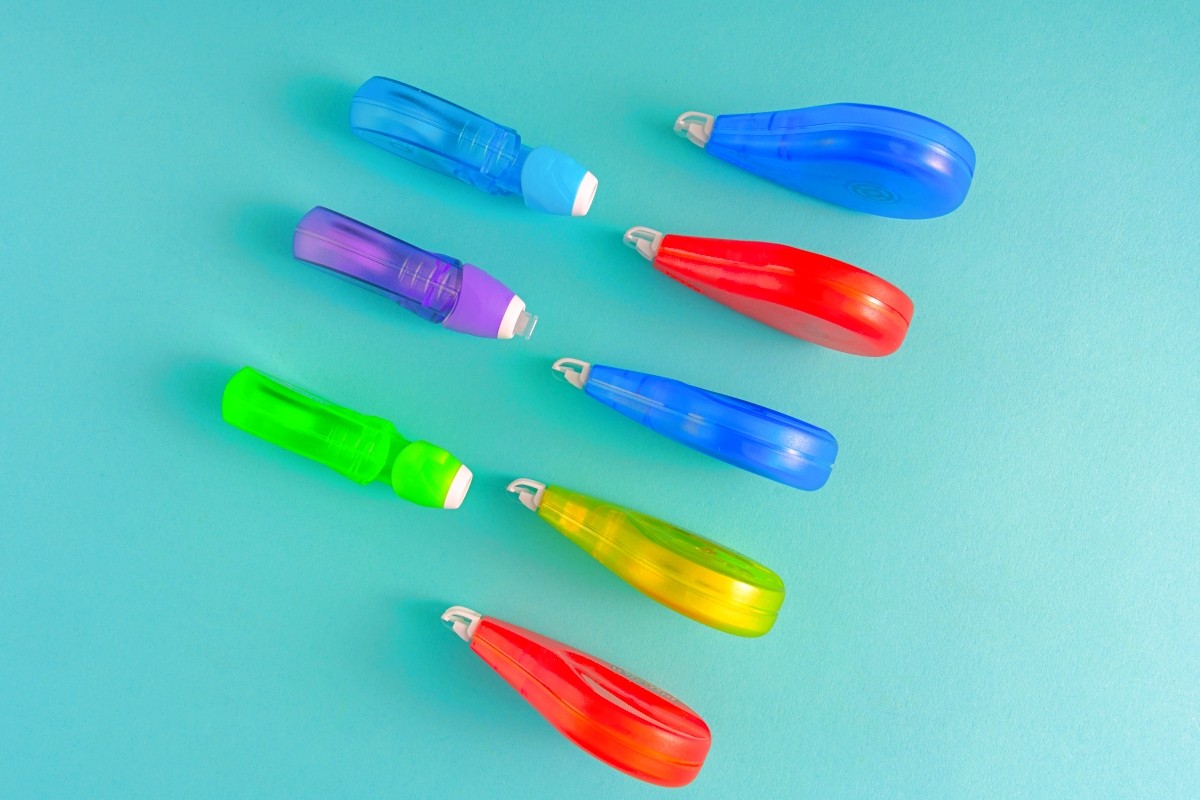
Stationery "correction tape" that erases what is written with a ballpoint pen or highlighter that cannot be erased with an eraser is an invention of Japan. Seed Co., Ltd., an eraser manufacturer located in Osaka, launched the world's first in 1989. Seed Co., Ltd. is also the first company in the world to sell "plastic erasers".
Until then, liquid correction fluids developed in the United States were the mainstream, but correction fluids had various problems, such as slow drying, uneven surfaces after correction, making it difficult to write on top of them, and worrying about the unique smell. Therefore, inspired by cassette tapes, the idea of tape instead of liquid was born. The correction tape was completed after five years. The first correction tape "Keshi Ward" (Pen Type) was a type that pulled the tape vertically, but after that, the horizontal drawing type, which is now the mainstream, appeared. A variety of designs have appeared, including compact and easy-to-carry small ones, pen-shaped, and character designs that emphasize design. Japan correction tape combines high quality, stable performance, and ease of use, and has won a good reputation in the world.
FUN! JAPAN Editors Introduce Popular Stationery for Souvenirs
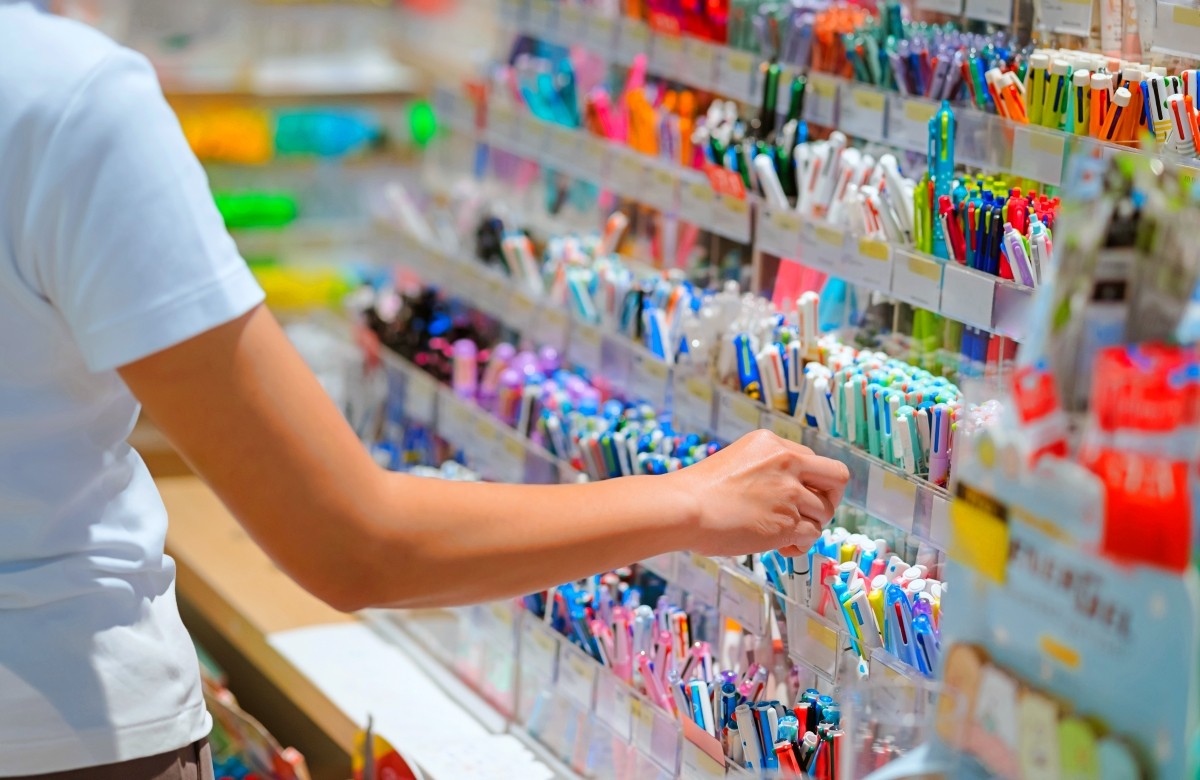
Masking Tape
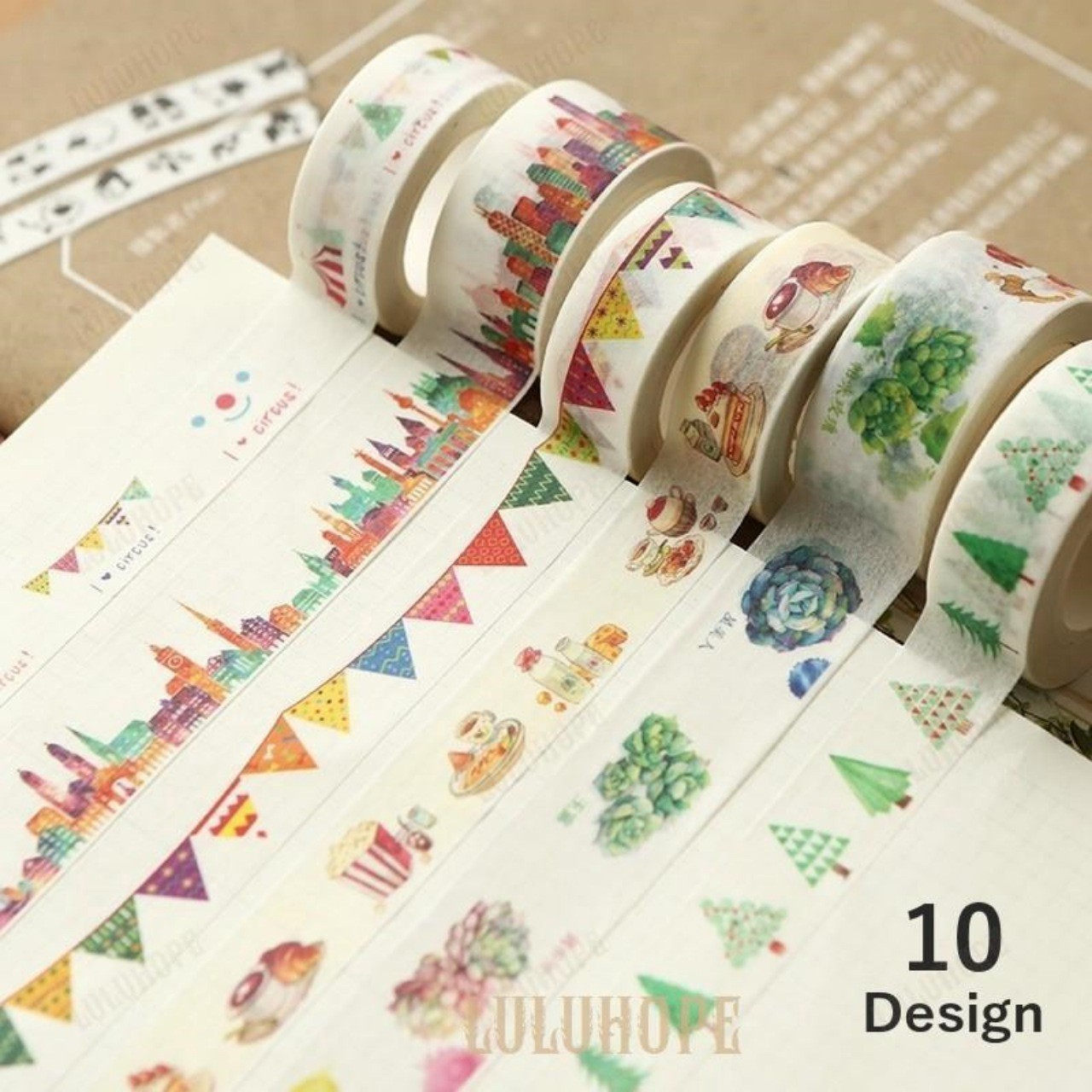
Masking tape is a colorful and beautiful stationery that can be enjoyed in everyday life. Japan masking tape comes in a wide variety of colors and designs. It is also recommended in terms of quality that is thin and tear-resistant.
🛒 Recommended masking tape (Yahoo! Purchased by shopping) 👉 here
Stick Marker
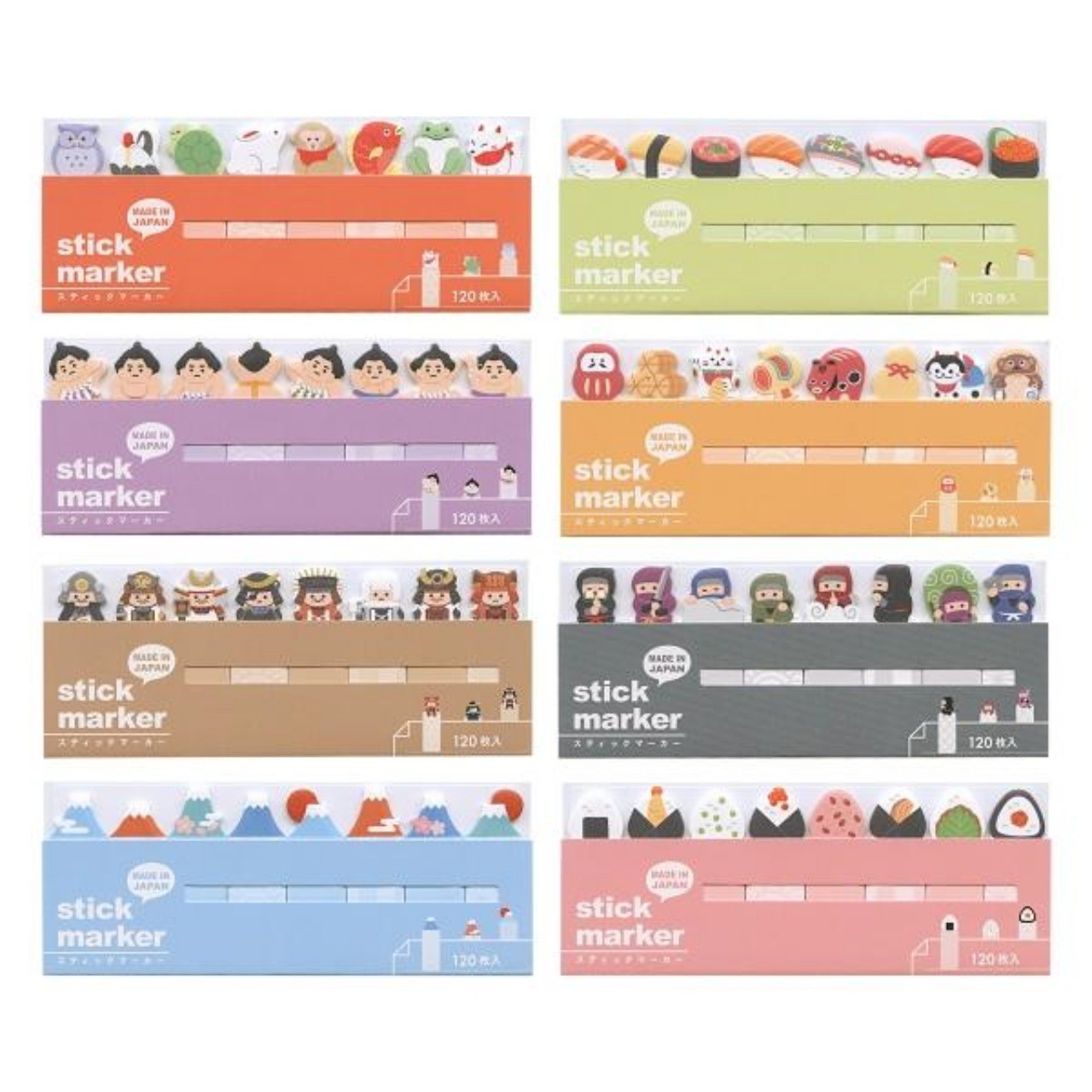
Japan's stick markers are characterized by their "cute" and "practical" designs. We also recommend stick markers with designs unique to Japan.
🛒 Recommended stick markers (Yahoo! Purchased by shopping) 👉 here
Interesting Eraser
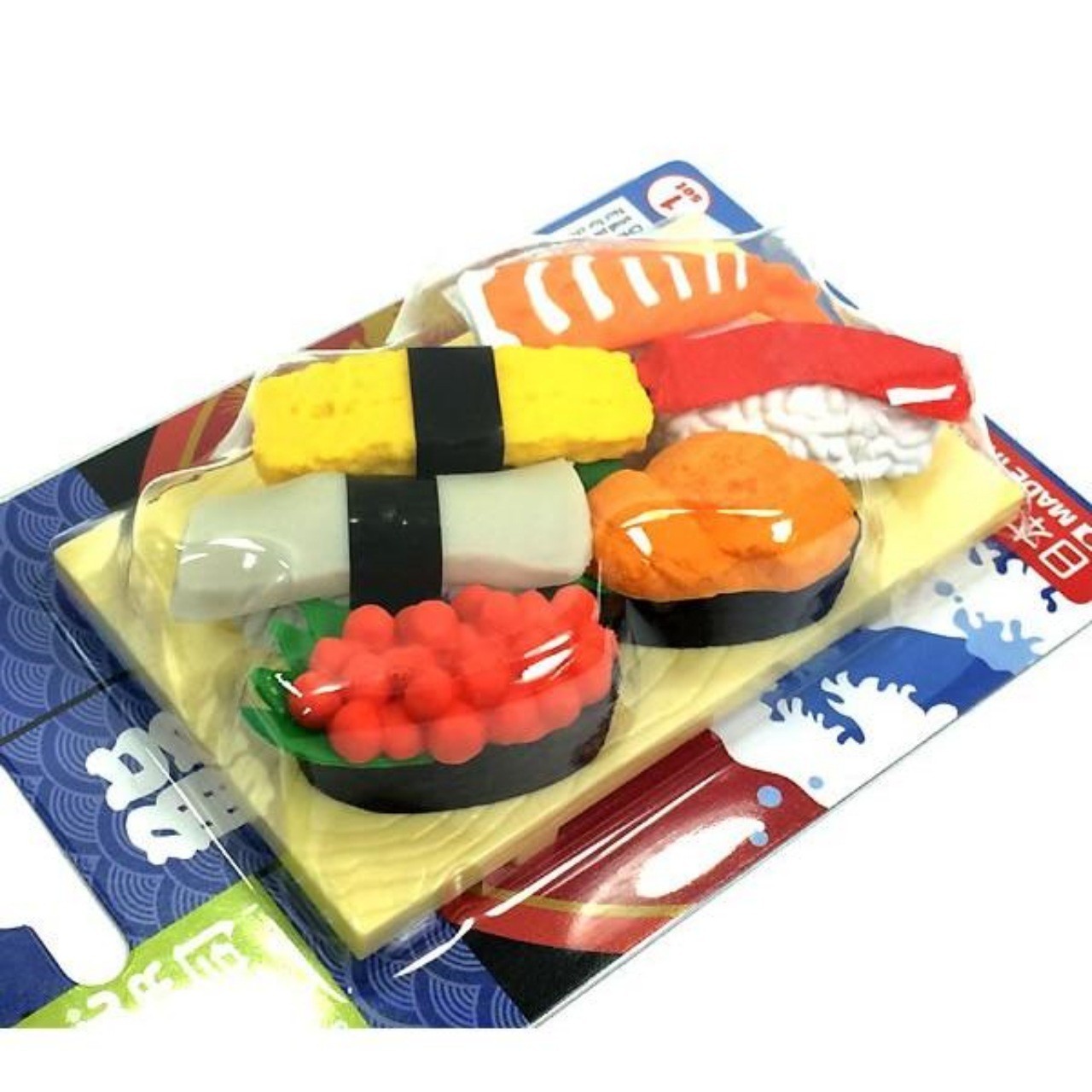
This item is filled with Japan's commitment to "craftsmanship" and playfulness. It combines high quality with uniqueness in design.
🛒 Recommended interesting eraser (Yahoo! Purchased by shopping) 👉 here
👉 A Summary of Traditional Japanese "Stationery" Items : Brushes, Inkstones, Abacuses, and More
- Referencing sources:
- Changed the world! 30 Amazing Inventions in Japan / Gakken Co., Ltd.
- Proud of the world! Japan's Manufacturing Encyclopedia / Kinnoseisha Co., Ltd.
- Reference:
- Denso Wave Corporation: https://www.denso-wave.com/ja/system/qr/fundamental/qrcode/qrc/index.html
- Seed Co., Ltd.: https://www.seedr.co.jp/products_category/tape/
- Pilot Corporation: https://www.pilot.co.jp/employment/project/index.html



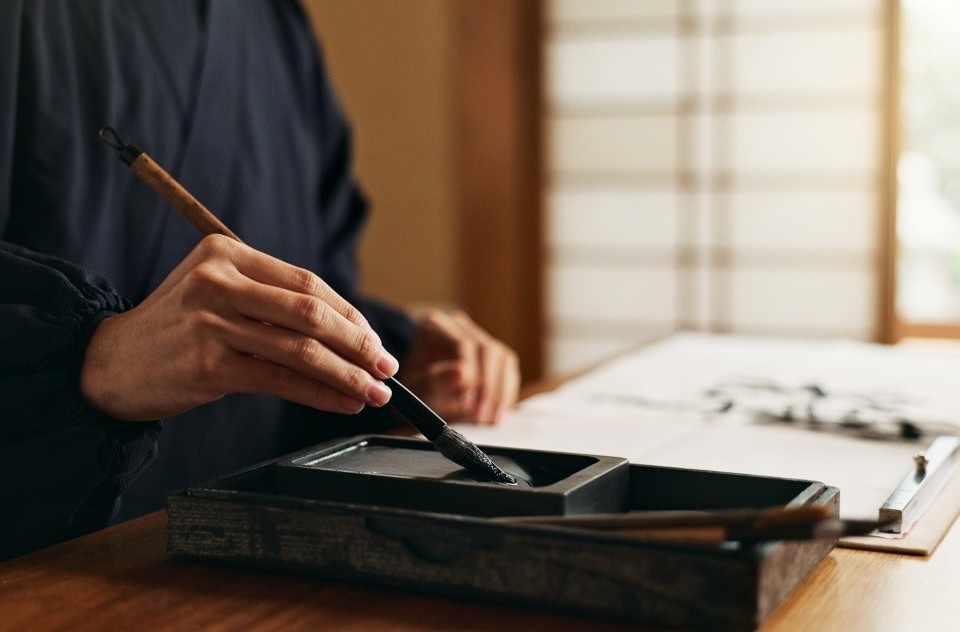
Comments